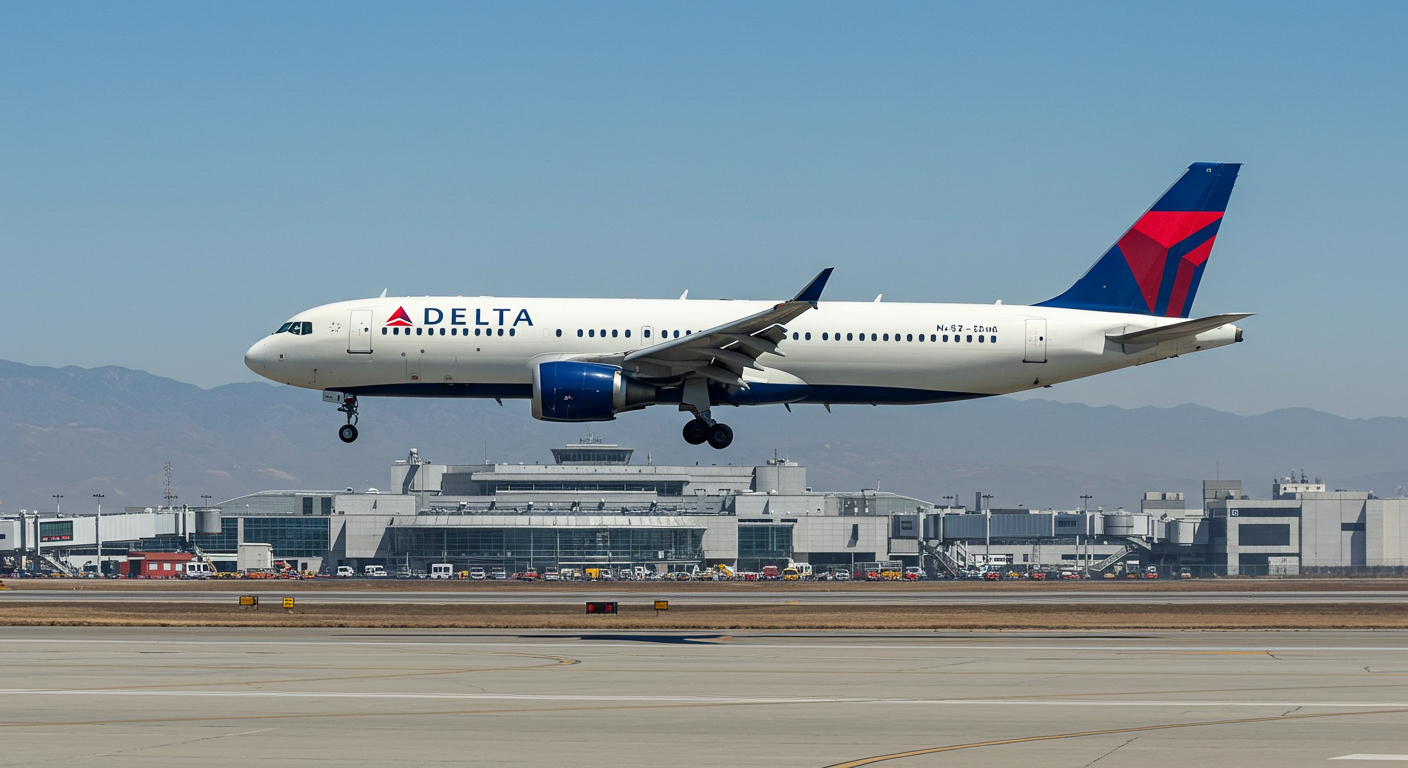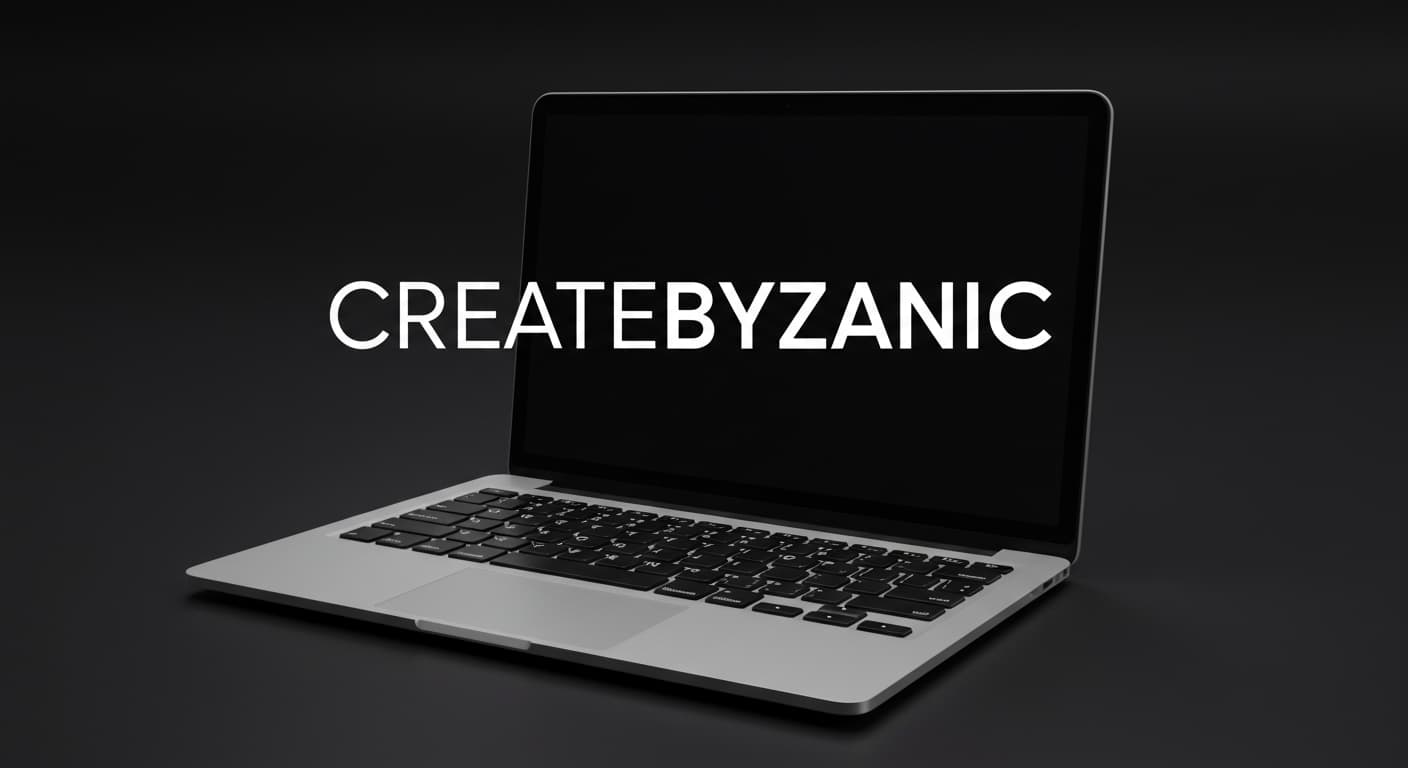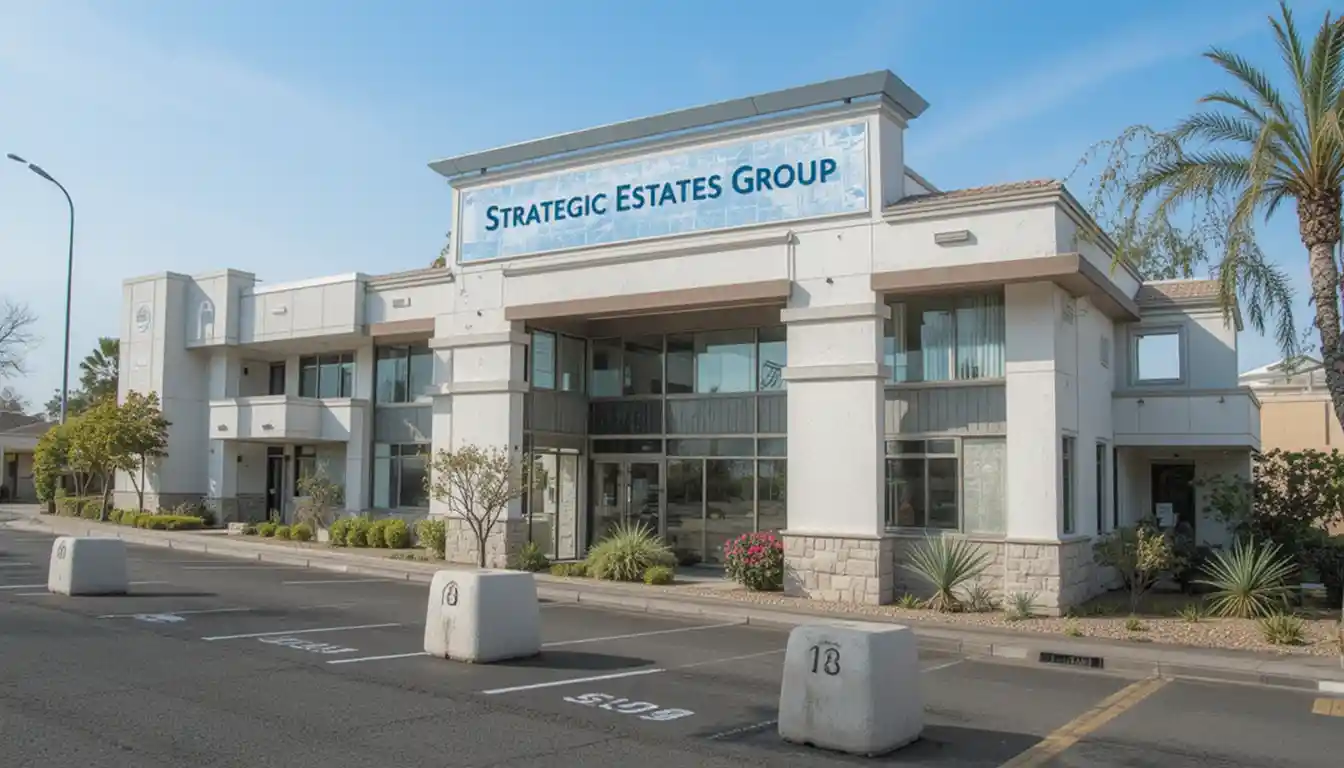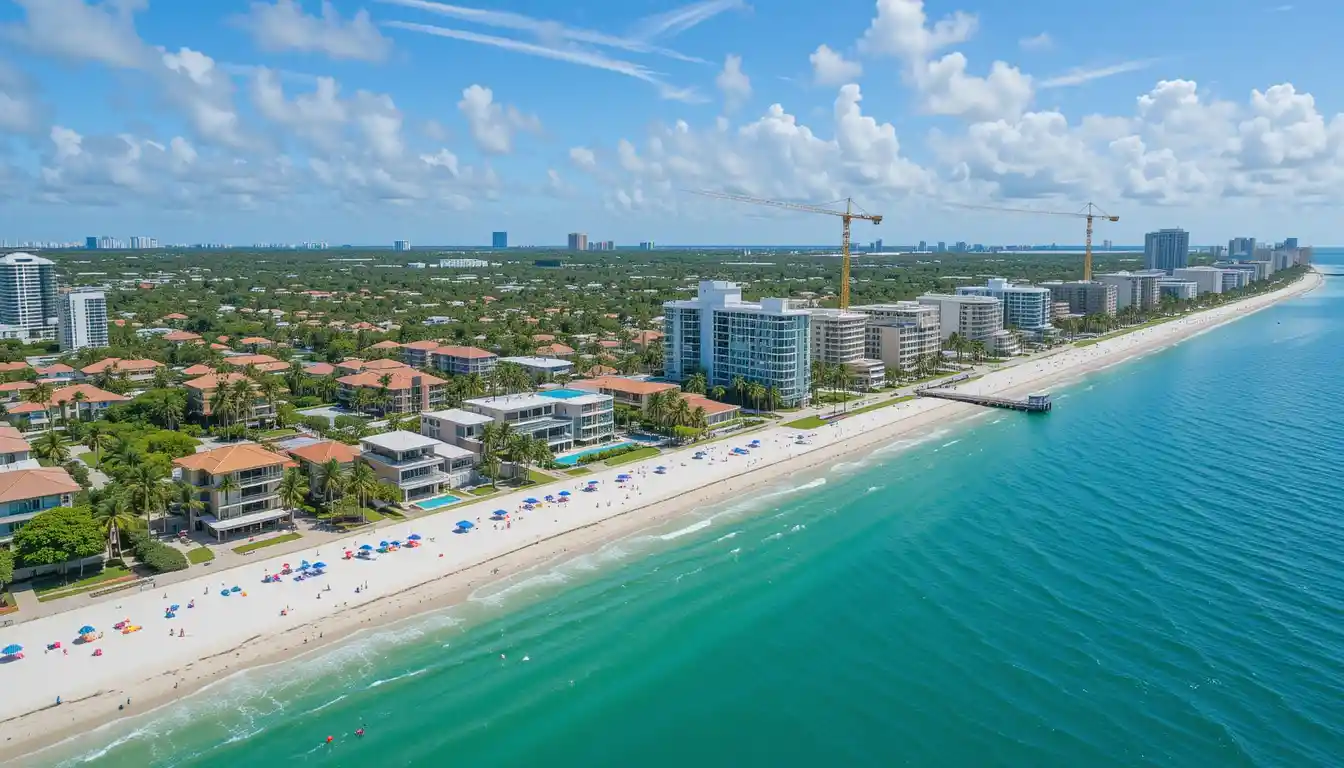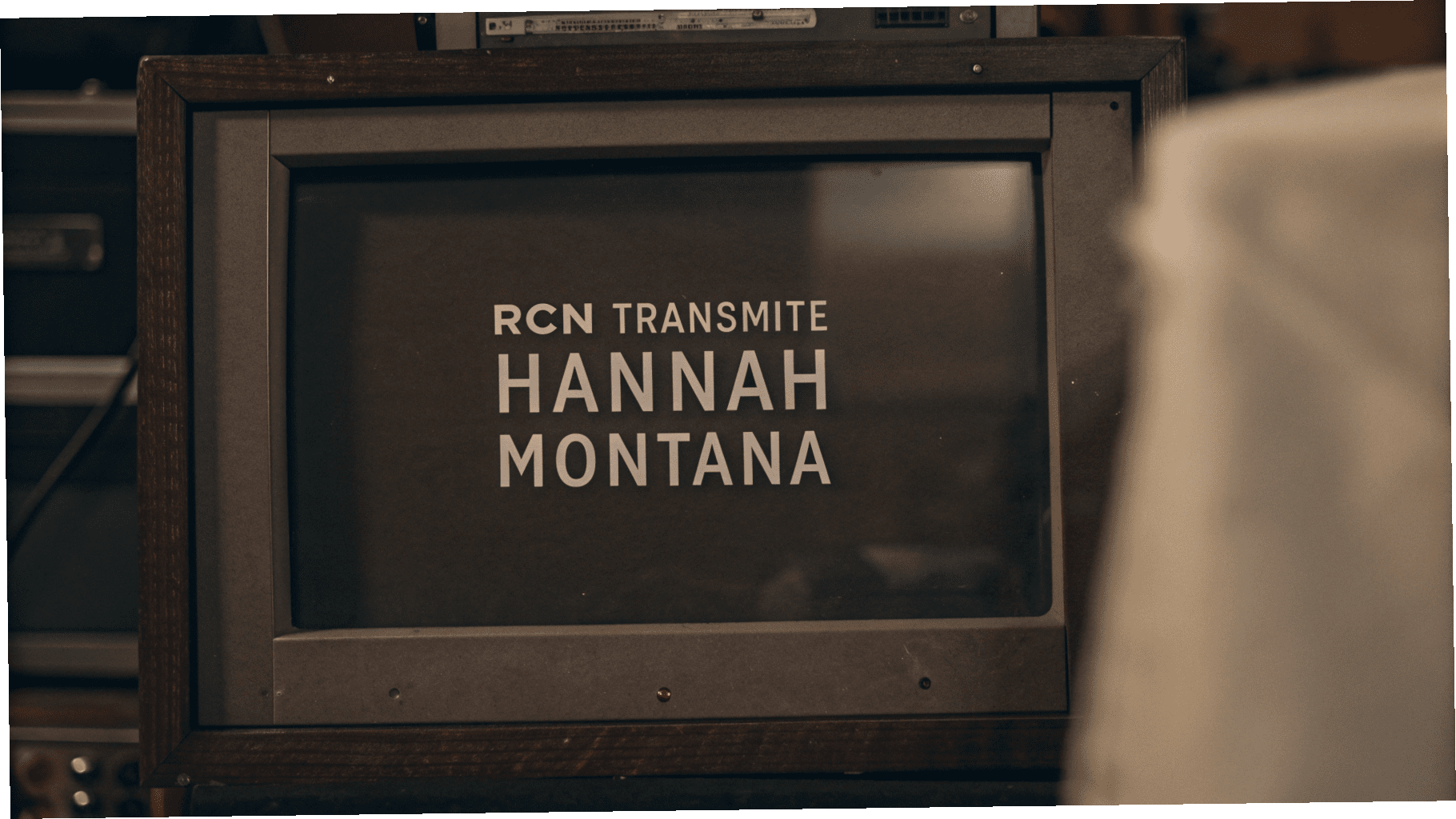The term soa os23 may initially appear cryptic or abstract, especially for those unfamiliar with specialized industrial, technological, or academic sectors. However, the depth of its relevance becomes apparent once we begin to explore the different domains in which it appears. The keyword soa os23 can refer to several distinct but interconnected concepts across engineering, construction, data systems, international conferences, and organizational frameworks. To understand the meaning and application of soa os23, it’s important to dissect the elements within the phrase and examine how they are used in real-world contexts.
First, we consider the part “SOA”, which can often stand for Service-Oriented Architecture in the world of computer science, or Società Organismo di Attestazione in the Italian construction certification system. Depending on the context, it could also relate to other sector-specific uses, such as State of the Art in research and development terminology. On the other hand, OS23 is typically a code, identifier, or version number that categorizes a specific topic, standard, or event within a certain domain. For example, OS23 may represent a classification of works in demolition under construction regulations, or it may refer to the year 2023 as denoted in event titles such as conferences or conventions.
From a broader view, soa os23 often surfaces in technical documents, conference materials, environmental compliance records, or even research programs. The combination of letters and numbers seems to signify a targeted classification rather than a random label. It typically refers to something organized, registered, and specific to a professional or scientific application. In many cases, “soa os23” may even denote a bridge between regulatory certification and evolving technology standards.
For instance, in Italy’s public contracting system, the OS23 category refers to demolition and environmental services—a niche area that involves technical expertise, machinery, and compliance with environmental safety laws. In such a setting, the SOA refers to the certifying body that ensures companies meet the qualifications to perform such works. When paired as soa os23, the term directly implies official recognition for companies eligible to carry out these types of jobs.
In summary, soa os23 is not just a keyword—it’s a designation. Whether seen in a public contract announcement, a tech policy paper, or a global symposium title, it encapsulates credibility, categorization, and technical specificity. This article will now explore the term in greater depth under various domains such as construction, conference events, healthcare systems, environmental remediation, and its potential digital applications. The goal is to shed light on its multifaceted nature while maintaining the keyword integrity exactly as “soa os23” throughout.
soa os23 in Construction and Infrastructure: Certification and Industry Standards
In the context of construction and public infrastructure, soa os23 holds specific technical meaning and legal implications. Here, SOA commonly refers to Società Organismo di Attestazione, the official certifying body that issues qualifications to construction companies in Italy for participating in public works projects. OS23, meanwhile, is a work category designation under the broader SOA framework. When used together, soa os23 signifies that a company has obtained certification to perform specialized demolition services—especially those involving environmental hazards or large-scale structural breakdowns.
To participate in public tenders above €150,000 in Italy, companies are required by law to have an SOA certificate that validates their technical, financial, and administrative capacity to carry out certain categories of work. There are over 50 such categories, and OS23 is specifically associated with demolition activities. This includes not just ordinary building demolitions, but also selective dismantling of hazardous facilities, concrete breaking, bridge removal, and industrial facility clearance.
The soa os23 certification is more than a formality—it’s a robust validation that includes multiple layers of auditing. To receive this certification, a company must demonstrate experience with similar projects, possess appropriate machinery, employ qualified engineers and operators, and comply with environmental safety regulations. The process usually involves presenting documented history of previous works, financial stability records, and compliance with labor laws.
Once granted, soa os23 certification allows companies to bid for and complete public sector demolition projects in Italy and, in some cases, throughout the European Union. It becomes a badge of credibility and specialization. In high-risk or complex demolition jobs—such as old hospital removals, stadium teardowns, or chemical factory dismantling—clients often prioritize contractors with this specific qualification.
Moreover, having a soa os23 certification streamlines collaboration with municipalities, environmental protection agencies, and industrial clients. It assures them that the work will be executed not just effectively, but within the legal and ecological frameworks established by the state. Failure to acquire this certification can prevent even well-resourced firms from legally participating in major contracts, effectively excluding them from a vital section of the construction economy.
Thus, in construction and demolition industries, soa os23 is not merely a technical phrase—it represents capability, trust, and compliance. It serves as a gateway for firms aiming to contribute to large-scale public development and environmental reclamation projects while meeting the highest industry standards.
soa os23 in Global Conferences: Innovation, Dialogue, and Policy Development
Another critical domain where the term soa os23 arises is within the global conference and policy-making landscape. In particular, international forums and symposia that focus on security, science, and future technologies have used soa os23 as a thematic label or event title. In these contexts, the term often represents a unifying code for initiatives that bring together experts, diplomats, engineers, and scientists to collaborate on solving complex global issues. Here, soa os23 transforms from a certification code into a symbol of organized intellectual exchange.
One prime example is its usage as an acronym in security-focused conferences. The “OS23” segment typically refers to the year—2023—while “SOA” may be interpreted as “State of the Art” or “Security-Oriented Assembly.” Conferences under this name often cover topics like space security, cyber warfare, AI regulation, digital ethics, and the geopolitical implications of emerging technologies. These events are usually hosted in major diplomatic hubs like Geneva or Brussels, where international regulatory frameworks are discussed.
Participants at soa os23 conferences come from diverse sectors, including government agencies, NGOs, academic institutions, and private industries. The aim is usually multi-pronged: to raise awareness, to share technical advancements, and to propose regulatory solutions that are globally applicable. These meetings become the breeding ground for influential white papers, international treaties, and policy guidelines.
The soa os23 concept also contributes to capacity-building among developing nations by including sessions on international collaboration, funding mechanisms, and ethical technology deployment. Countries often send delegates not only to present their perspectives but to form cross-border alliances that help enforce mutually beneficial regulations.
What makes soa os23 conferences so impactful is their emphasis on open dialogue and practical action plans. These are not just lecture-style gatherings; they include roundtables, case studies, and scenario planning sessions where attendees work together to build real frameworks for global implementation.
For example, in a soa os23 event themed around space governance, speakers might include representatives from space agencies, satellite manufacturers, environmental scientists, and legal scholars. Together, they’d address how to manage space debris, define orbital boundaries, or restrict military aggression in outer space—all under a unifying soa os23 umbrella.
So, in the world of international thought leadership, soa os23 has become shorthand for sophisticated, forward-thinking collaboration. It provides a neutral, structured environment in which pressing issues are explored not just academically but with an eye toward actual, enforceable global solutions.
soa os23 and Environmental Compliance: Navigating Green Protocols and Safety Regulations
One of the most dynamic interpretations of soa os23 emerges when examined through the lens of environmental compliance and sustainability. In today’s world, where green protocols and eco-regulations are becoming central to development planning, soa os23 can represent a certification, framework, or reference point for projects that must meet strict environmental safety and remediation standards. Especially in regions such as Europe, where demolition and industrial dismantling projects fall under eco-monitoring, soa os23 plays a critical role in balancing progress with planetary protection.
In this domain, SOA often implies an organization that is licensed to certify whether contractors and companies meet environmental norms when engaging in site clearance, demolition of polluted infrastructure, or cleanup of toxic waste zones. The OS23 code specifically refers to demolition operations, and when coupled with SOA certifications, it reflects a company’s verified ability to perform eco-sensitive demolition and decontamination.
Projects involving asbestos removal, chemical plant demolition, or urban redevelopment on contaminated sites must adhere to multiple environmental standards. These include protocols for dust control, groundwater protection, hazardous waste disposal, and community safety. Possessing soa os23 status in this scenario proves that a company is qualified to manage both the physical and ecological demands of such operations.
Environmental agencies and urban planning boards often require soa os23 verification before granting project approvals. This ensures that the executing company can comply with both regional and international environmental statutes, such as the EU’s Waste Framework Directive or the United Nations Sustainable Development Goals (SDGs). Failure to meet such standards can result in halted operations, heavy fines, or even legal sanctions.
What makes soa os23 particularly relevant in this context is its multidimensional accountability. A certified entity is expected not only to perform the task efficiently but also to document its environmental impact, submit reports to regulatory bodies, and adapt practices to minimize harm. For example, demolition materials like concrete, steel, or plastic must be sorted, recycled, or disposed of responsibly. Air and noise pollution must remain within permissible limits. And most importantly, there must be a contingency plan for any unanticipated environmental hazards.
Additionally, soa os23-compliant organizations are often ahead of the curve when it comes to green innovation. Many invest in electric or hybrid machinery to reduce carbon emissions, use water-based dust suppressants to protect air quality, and deploy smart sensors to monitor environmental conditions in real-time. These steps not only help them maintain their certification but also position them as leaders in the global movement toward sustainable infrastructure.
In essence, soa os23 serves as a powerful benchmark for environmental responsibility. It bridges the gap between necessary industrial progress and the moral obligation to safeguard natural resources, ensuring that development does not come at the cost of ecological destruction.
Digital Horizons of soa os23: Future Applications in Tech and Smart Governance
As technology continues to reshape industries and governments alike, soa os23 is now being viewed through a futuristic lens that emphasizes digital transformation, smart governance, and automated compliance systems. While originally rooted in structural certifications and event frameworks, the keyword soa os23 is now gaining new traction in data-centric ecosystems, AI-regulated environments, and blockchain-validated certifications. This shift signals an exciting evolution where traditional meanings converge with high-tech implementation.
In this emerging context, SOA is often interpreted as Service-Oriented Architecture, a modular software design principle that allows different services to interact seamlessly. When applied to smart city infrastructures or digitally regulated industries, this SOA approach enables smoother communication between platforms—whether they’re managing construction licenses, tracking environmental impact, or validating demolition permits. The OS23 tag in this realm may indicate a specific module or policy update, often version-controlled and encoded for digital traceability.
Consider a smart governance platform designed for urban redevelopment. Such a system may include demolition request portals, environmental safety tracking dashboards, and contractor validation systems. In such cases, soa os23 could appear as a standardized, API-driven classification, marking a company or project as compliant with demolition and environmental safety protocols according to the 2023 revisions of regulatory law. It’s not hard to imagine soa os23 becoming a machine-readable digital certificate tied to blockchain for immutable verification.
Moreover, as more governments adopt e-governance models, the role of soa os23 expands further. Through integration with national databases, geo-fencing tools, and AI policy auditors, the term can evolve from a static code to a dynamic credential embedded in smart contracts. These smart contracts would automatically verify whether a demolition firm is eligible to begin work, cross-check their licenses, ensure environmental compliance, and alert oversight bodies in case of violations—all without manual input.
In the private tech world, software firms building regulatory compliance engines or ESG (Environmental, Social, Governance) tracking platforms are also beginning to use soa os23 as a metadata label. These platforms tag demolition-related services, materials, or credentials using identifiers like soa os23 to allow for better indexing, categorization, and reporting.
The possibilities are enormous. If implemented on a large scale, soa os23 could evolve into a cross-border compliance framework, used by the EU, US, and Asian governments alike. It could serve as a plug-and-play certification layer in digital twins, enabling contractors to simulate and pre-validate demolition projects within virtual city models before breaking ground physically. These simulations could include environmental impact predictions, waste management strategies, and risk assessment algorithms—all tied to the soa os23 digital stamp.
Thus, soa os23 is no longer confined to physical certifications or event acronyms. It is entering a digital universe where it could become a core identifier in automated governance, smart compliance, and real-time project validation systems. In the world of high-speed transformation, such evolution isn’t just innovative—it’s necessary.
Conclusion: The Expanding Relevance of soa os23 in a Changing World
The keyword soa os23 has evolved into a powerful and versatile term, bridging the worlds of construction, certification, global collaboration, environmental responsibility, and digital innovation. What began as a specialized designation in public infrastructure has now expanded to influence international policy, ecological safety standards, and next-generation digital systems. Across all these fields, soa os23 consistently signifies trust, structure, and forward-thinking adaptation.
As the world increasingly moves toward smart governance and data-driven decision-making, soa os23 may become even more central to how projects are validated, regulated, and executed. Whether through physical demolition certifications or blockchain-powered compliance systems, its core value remains rooted in accountability and precision. The future of soa os23 is not just relevant—it’s essential.




